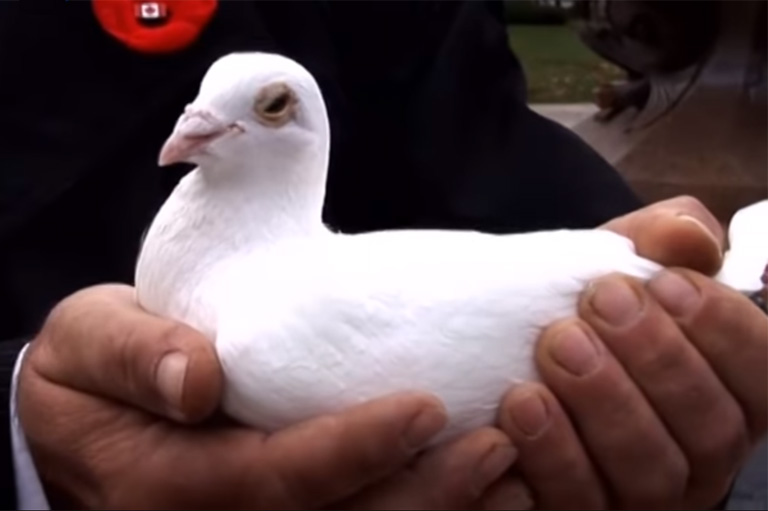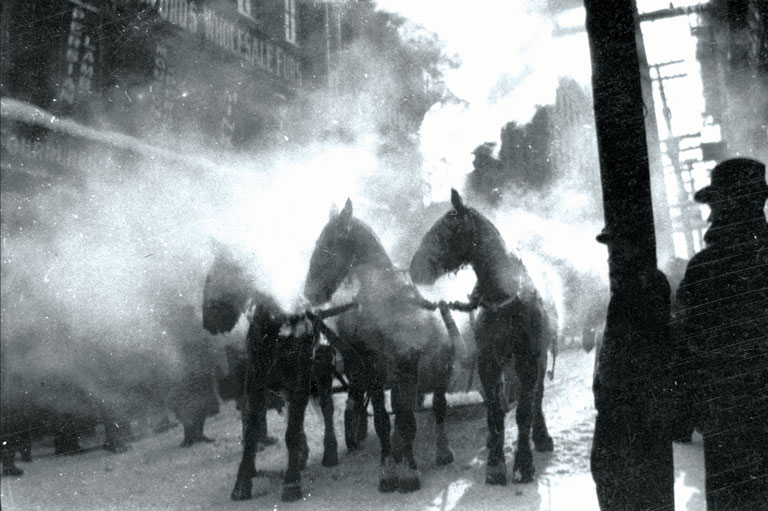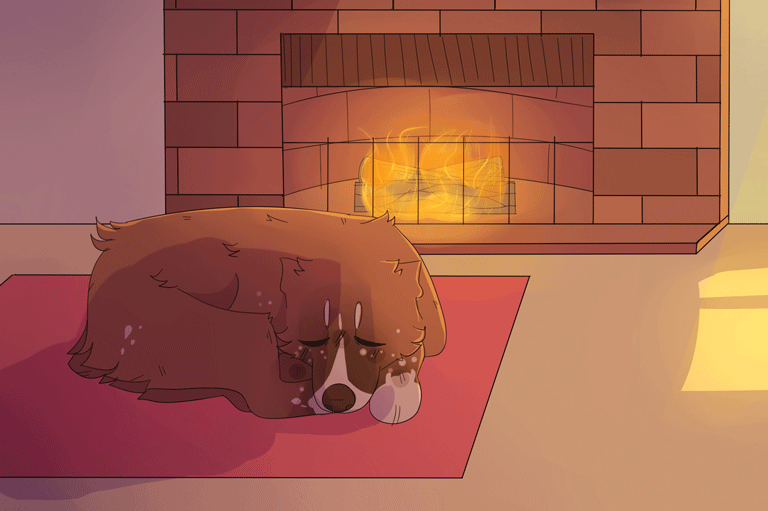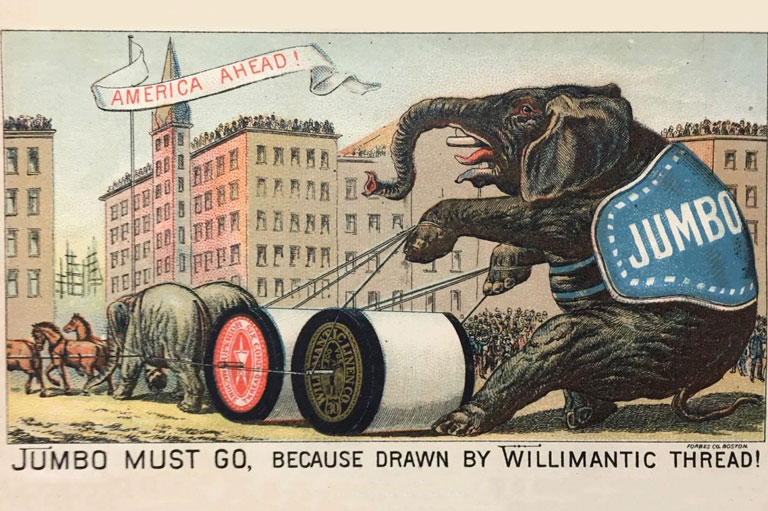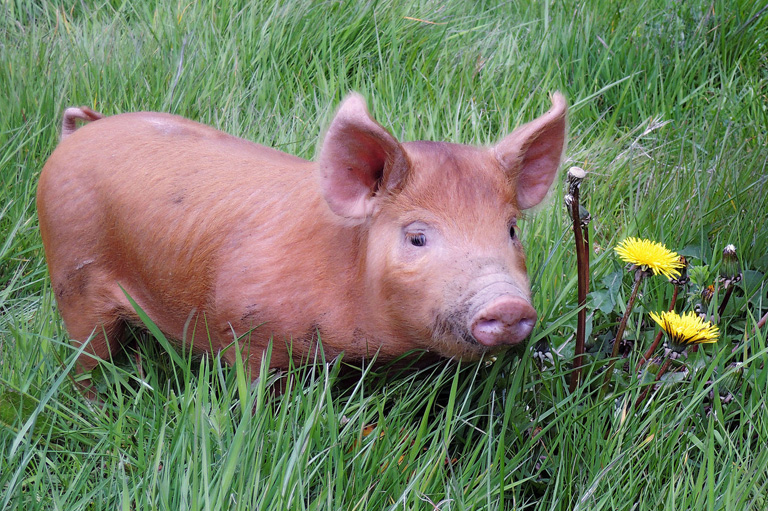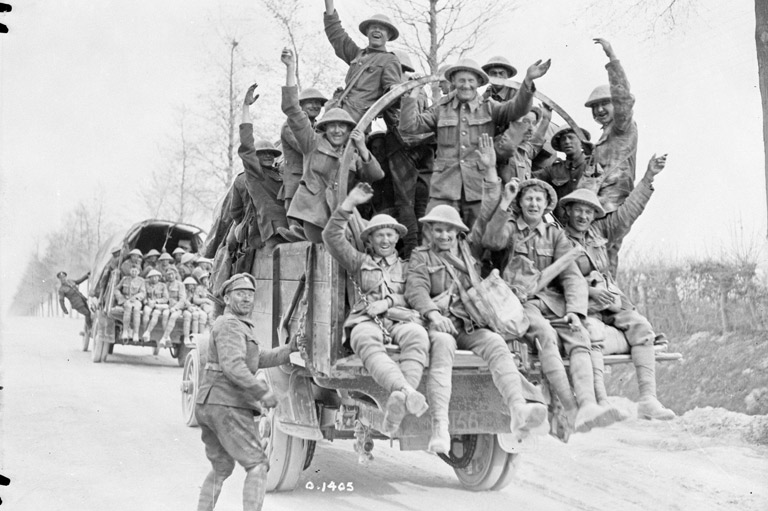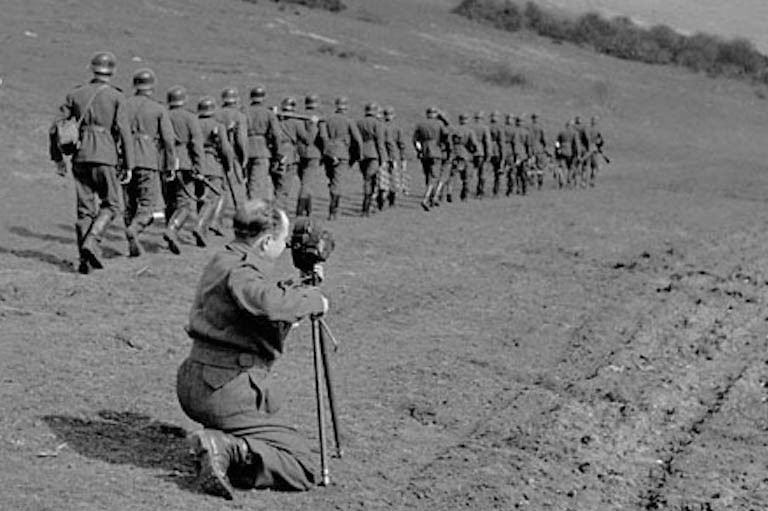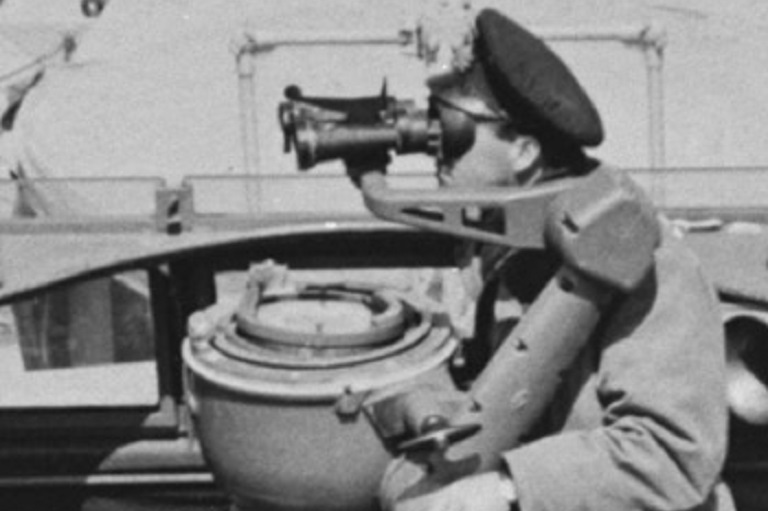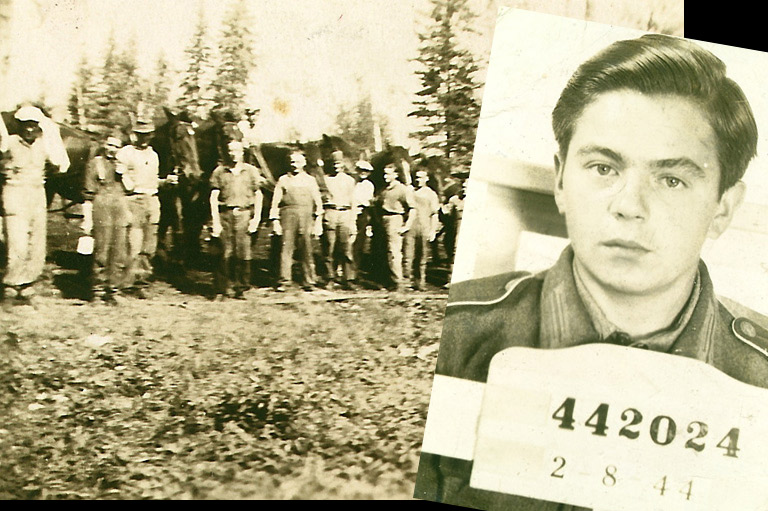Discover a wealth of interesting, entertaining and informative stories in each issue, delivered to you six times per year.
A Tale of Two War Animals
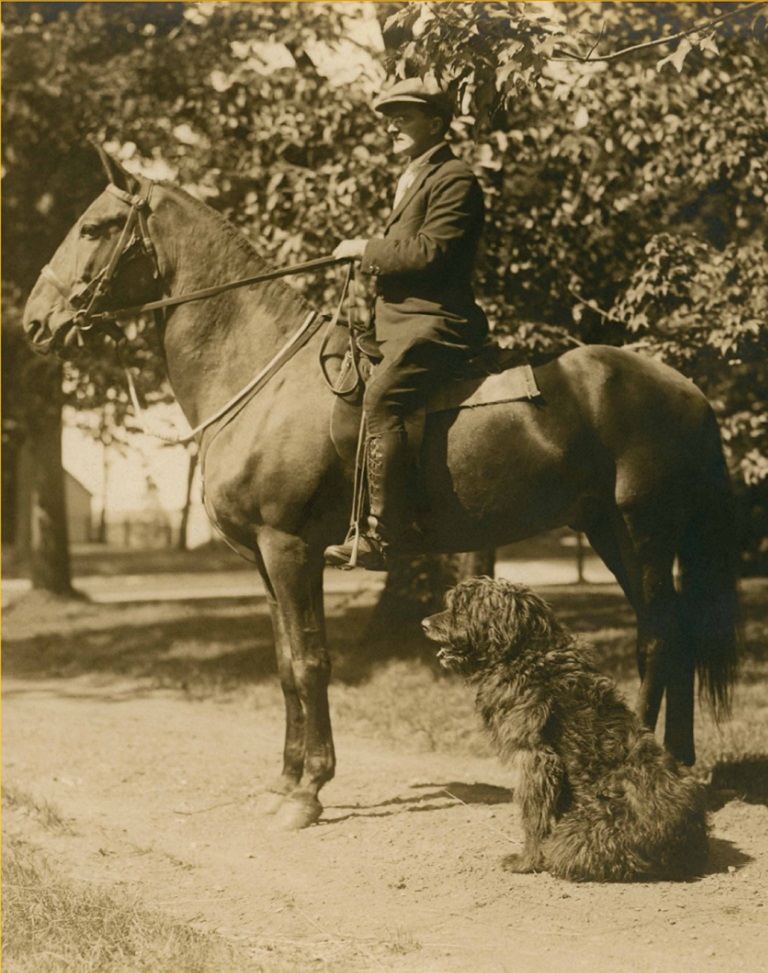
Fritz the war horse and Bruno the sheep dog were adopted and taken to Canada after the war by Lieutenant Colonel C.E. Bent of the 15th Battalion.
It wasn’t uncommon for First World War soldiers to form bonds with animals. Dozens of goats and black bear cubs were taken to Europe as mascots, thousands of horses and mules served as beasts of burden, and innumerable stray dogs and cats comforted men in the trenches.
Fritz, a beautiful dark bay horse, had travelled widely. The battalion’s official history notes that he originally belonged to Russian forces but had been captured by the Germans.
In late August 1918, a German officer riding Fritz accidently came upon a company of Canadians who had just captured a German position. Both officer and horse were taken into custody, with Bent adopting the horse and eventually transporting it home to his fruit farm at the small — and aptly named — village of Paradise in Nova Scotia.
Bruno, meanwhile, was a typical stray mutt. He was found by a Canadian unit being billetted on a Belgian farm. Lieutenant Colonel William Marshall adopted Bruno as the 15th Battalion’s mascot. Bruno followed Marshall everywhere. The battalion’s history records that his “friendship for the Colonel, his loyalty and long life and adventures with the Battalion are a story in themselves.”
When Marshall was killed in May of 1916, Bruno was devastated and refused to eat. He eventually recovered when Colonel Bent, who took over the battalion, adopted him.
Ron Denham of the 48th Highlanders Museum said of Bent: “He had pull somewhere and both the dog and the horse are buried on his estate in the Annapolis Valley. He got them back to Canada and that was no mean feat because they were slaughtering the horses for food.”
Fritz and Bruno lived out the remainder of their lives in Paradise. Bent often rode the horse through the orchards with Bruno at his side. After they died, the animals were buried side by side.
Finally, here is a video from Imperial War Museums highlighting seven animals who have helped humans on the battlefield.
Sign up for any of our newsletters and be eligible to win one of many book prizes available.
Themes associated with this article
You might also like...

Canada’s History Archive, featuring The Beaver, is now available for your browsing and searching pleasure!


